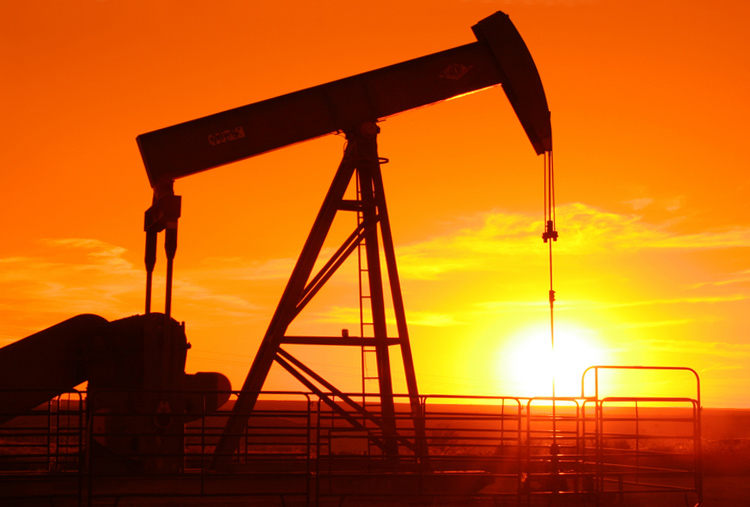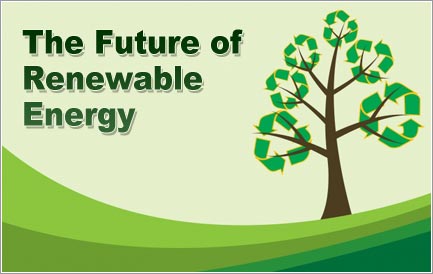 Deep ecology is a contemporary ecological philosophy that claims to recognize the inherent worth of other beings aside from their utility. The philosophy emphasizes the interdependent nature of human and non-human life as well as the importance of the ecosystem and natural processes. It provides a foundation for the environmental, ecology and green movements and has fostered a new system of environmental ethics (source: Wikipedia).
Deep ecology is a contemporary ecological philosophy that claims to recognize the inherent worth of other beings aside from their utility. The philosophy emphasizes the interdependent nature of human and non-human life as well as the importance of the ecosystem and natural processes. It provides a foundation for the environmental, ecology and green movements and has fostered a new system of environmental ethics (source: Wikipedia).Like humanity, its core principle to the living environment as a whole has the same right to live and flourish. It describes itself as "deep" because it persists in asking deeper questions concerning "why" and "how" and thus is concerned with the fundamental philosophical questions about the impacts of human life as one part of the ecosphere rather than with a narrow view of what ecology is.
As it promotes holistic view of the world live in, it also seeks the practicality and application to life itself and its connection to the ecosystem including its function as a whole.
Deep ecology offers a philosophical basis for environmental advocacy which may, in turn, guide human activity against perceived self-destruction.
A further scientific source for deep ecology adduced by Devall and Sessions is the "new physics." which they describe as shattering Descartes’ and Newton
The central spiritual tenet of deep ecology is that the human species is a part of the Earth and not separate from it. A process of self-realisation or "re-earthing" is used for an individual to intuitively gain an ecocentric perspective. The notion is based on the idea that the more we expand the self to identify with "others" (people, animals, ecosystems), the more we realize ourselves.
However, there are some issues raised concerning deep ecology. Social ecologists pointed out that deep ecology fails to link environmental crises with hierarchy. They pressed that environmental problems are firmly rooted in the manner of human social interaction, and protest that an ecologically sustainable society could still be socially exploitative.
Deep ecologists reject the argument that ecological behaviour is rooted in the social paradigm (according to their view, that is an anthropocentric fallacy), and they maintain that the converse of the social ecologists' objection is also true in that it is equally possible for a socially egalitarian society to continue to exploit the Earth (source: Wikipedia).
The big deal about is that it has something to do with sustainability as it interfaces with economics through the social and ecological consequences of economic activity.
Sustainability economics involves ecological economics where social, cultural, health-related and monetary/financial aspects are integrated. Moving towards sustainability is also a social challenge that entails international and national law, urban planning and transport, local and individual lifestyles and ethical consumerism.














